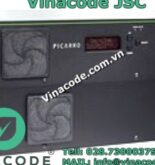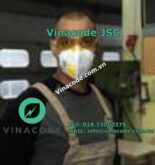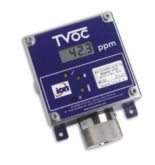The new, advanced Second Sight TC Remote Gas Detection System from General Monitors (USA) uses high resolution infrared imaging to add another layer of safety to the detection of combustible and toxic gases in hydrocarbon chemical production, storage, and distribution operations.
Second Sight TC, developed by Bertin Technologies, is a gross leak detector that can simultaneously detect up to four different gases. It features a wide field of view (30° standard) and a maximum detection range of 2 km for continuous monitoring of critical areas. Detection sensitivities are verified for quantities of hydrocarbon gas of approximately 2 kg at 250 m.
Gas cloud imaging allows plants to be run at higher levels of safety, efficiency, and economy through the ability to supervise large areas, identify the gas species when leaks occur, and see gas dilution in the atmosphere in real time. In addition, Second Sight can be integrated into fire and gas panels through Ethernet and Modbus TCP/IP.
Second Sight is designed for ease of use, with a human machine interface (HMI) that permits operators to see target gases in real time as they are detected by the IR camera. A video image displays overlaid levels of gas concentrations to provide a unique picture of gas dispersal. Personnel are able to efficiently address the source of leaks and effectively respond to alarms based on the type of gas and the size, direction, and speed of evolution of the gas cloud. With the HMI, users can deselect areas within the imager’s field of view that are not of interest or may contain potential sources of false alarm.
Second Sight is a low maintenance system. It requires no gas calibration in the field and automatically performs an optical check every 30 minutes that assesses window cleanliness, optical path integrity, optical alignment, and focal plane array position.
A video recorder function allows Second Sight operators to play back alarm events and record current detection, while stored files enable safety personnel to view images and concentration profiles of events as they unfold over time. The ability to visually log events improves the management of plant safety records while reducing the time and complexity of the event analysis process, saving time and
money while increasing protection.



